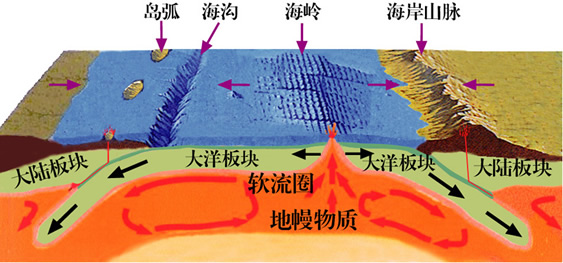Wegener developed the theory that the world's continents had once come together in a single landmass he called Pangaea, where flora and fauna had been able to mingle, before the continents had split apart and floated off to their present positions. All this he put together in a book called Die Entstehung der Kontinente und Ozeane, or The Origin of Continents and Oceans, which was published in German in 1912 and—despite the outbreak of the First World War in the meantime—in English three years later.

Because of the war, Wegener's theory didn't attract much notice at first, but by 1920, when he produced a revised and expanded edition, it quickly became a subject of discussion. Everyone agreed that continents moved—but up and down, not sideways. The process of vertical movement, known as isostasy, was a foundation of geological beliefs for generations, though no one had any good theories as to how or why it happened. One idea, which remained in textbooks well into my own school days, was the baked apple theory propounded by the Austrian Eduard Suess just before the turn of the century. This suggested that as the molten Earth had cooled, it had become wrinkled in the manner of a baked apple, creating ocean basins and mountain ranges. Never mind that James Hutton had shown long before that any such static arrangement would eventually result in a featureless spheroid as erosion leveled the bumps and filled in the divots.












